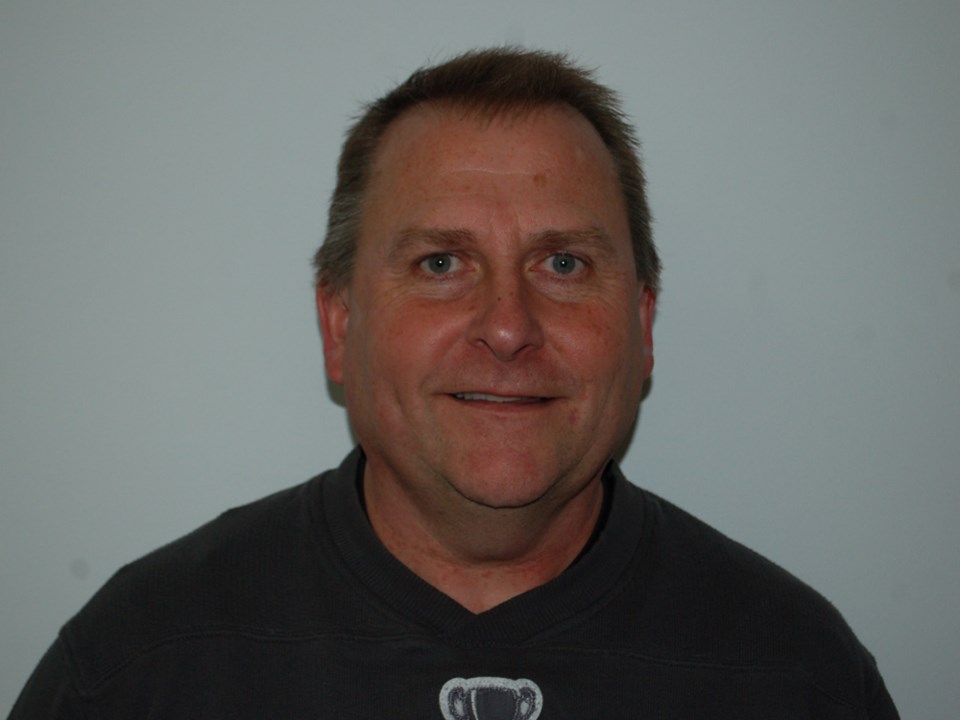The Growing Forward 2 (GF2) program is rolling to a conclusion this year and the Upper Souris Watershed Association management team is sending out a message to farmers and ranchers that application deadline dates are creeping up on them.
“We will help you complete and submit the application. We can be the facilitators of your project,” said Bruce Duncan, assistant co-ordinator for the watershed group headed by David Pattyson who is executive director of the regional program that has an extensive reach throughout southeast Saskatchewan.
“It’s about protecting the watershed, quality and quantity,” he added.
Quality is always the number 1 issue for the association and projects to prevent manure runoff and protection of surface water that runs into rivers, or chemical runoffs or acreage drainage, are just part of the mandate.
The GF2 program was established as a federal-provincial framework for agricultural programs that began in 2013, following up on a successful Growing Forward 1 project. Duncan said there are signals being sent out now that a Growing Forward 3 program will be in the works, but just as changes were made between the first and second editions, there will probably be changes (additions and subtractions) between the second and third generations of Going Forward.
Some funding is still available for valuable water management and security projects, said Duncan. The GF2 program rolls to a conclusion at the end of March, but final applications extend beyond that.
Projects that require pre-approval that can cover between 30 to 75 per cent of the project costs, have a June 30, 2017 application deadline.
The projects that involve rebate funding have a deadline date near the end of this year while the Farm and Ranch Water Infrastructure Program (FRWIP) has an Aug. 1 application deadline.
“Fencing off waterways, changing cattle confinement areas, securing water supplies, and old water well decommissioning are such things that will come into play under the pre-approved projects that require some peer review and/or engineering oversight before approval. Other FSP projects don’t require pre-approval with applications submitted after the projects are completed.
“If we have a big runoff season, where does that water really go?” asked Duncan in rhetorical fashion, meaning that the Upper Souris team is beginning to find the answers and the solutions through farm owner agreements and shared project development.
Water flow, erosion control, farmyard runoffs, irrigation technology and efficiencies, carcass disposal, native rangeland grazing plans, native plant establishment and other environmental issues are covered under the pre-approved list of projects that farmers might want to pursue under the Farm Stewardship Program.
Those projects that come under the rebate banner might involve forage seeding, manure application, fencing, oil storage, shelterbelts, variable rate fertilizer equipment, irrigation planning and weather data collection. The rebate rate is generally between 30 and 50 per cent of the project’s cost.
The Farm and Ranch Water Infrastructure Program (FRWIP) could include dugout excavation or expansion, wells, shallow and deep buried pipelines, rural water supply connections, relocation of livestock watering system and the decommissioning of the aforementioned wells where up to 90 per cent of the cost can be covered up to $10,000 per well.
The most popular beneficial management practices (BMPs) are the protection of high risk erosion prone and saline soils, which sees producers seeding marginal crop land to perennial forage. Funding is available for 50 per cent of seed and establishment costs up to $35 per acre for eligible land up to maximum of a $10,000 rebate. There are specific requirements for seed that needs to be approved by forage specialists and the seed must be purchased within 18 months of filing the claim.
Other popular projects, said Duncan, include fencing to protect surface water, stream and creek crossing, water and erosion control and native or riparian area grazing management plans.
“The maximum eligible funding per producer for FSP Growing Forward 2 is $50,000 over the five-year period, which is now coming to an end,” he said.
“I just want to remind producers, of the deadline again, pre-approval applications is June 30, this year with claims from the pre-approval applications and rebate applications now being Jan. 31 of 2018.”
Eligible projects under the FRWIP program will receive rebates of 50 per cent up to a maximum program cap of $60,000.
And, as noted earlier, rebates for small and large diameter water wells are up to 90 per cent of eligible costs up to $10,000. These decommissions do require specific procedures to comply with the Water Security Agency (WSA) regulations.
“About two thirds of applications in the past have been FRWIP with the rest being Farm Stewardship.
The deadline, again, for FRWIP applications this year, is Aug. 1 with a completion date no later than mid-February, 2018.
Any questions regarding the deadlines and 2017 programs, or assistance with the application process, may be directed to the Upper Souris Watershed Association at 306-634-7074.



.png;w=120;h=80;mode=crop)
